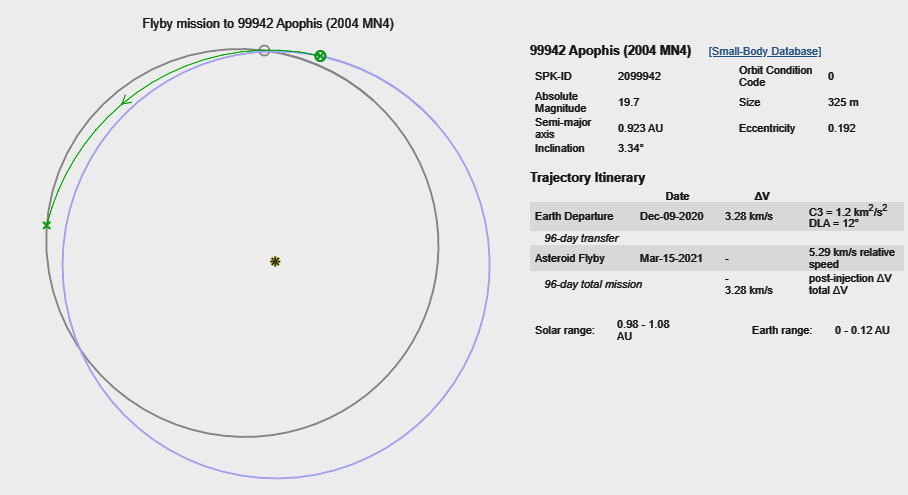An asteroid is hurtling towards Earth with the same trajectory as the one that killed the dinosaurs. Current human civilisation gets one year warning and will do everything it can to secure our survival. What is the smallest size of this asteroid such that, despite all our efforts, we would still be wiped out?
Assumptions
- Size could be mass, or something else like diameter. If necessary assume asteroid is spherical and uniform, (unless there's some better way you know of for modelling asteroids)
- In every particular except size (mass or diameter)--e.g., velocity, density, angle of impact--the asteroid is identical to the Chicxulub impactor
- Humans have 1 year of warning. Assume everyone will cooperate and treat the asteroid as singular matter of utmost priority, and that all reasonable resources can and will be diverted to methods for deflection or breaking it up etc
- Asteroid is a solid cosmic object on a collision course with Earth. If it needs to be much larger than Earth to fulfil these criteria, and/or gravitational effects need to be considered, so be it
- For humanity to 'survive' it's sufficient that a substantial proportion, say 10%, of the human race survives. However a) they must survive permanently, not temporarily escape only to be faced with an uninhabitable world where they'll die months later, b) no escape into space or anything like that.
I am mainly interested in what the most powerful technologies humanity could have ready within one year would be, how much of them and what explosive power, if humanity devoted all resources practically possible to the problem as a matter of species survival--and what size of asteroid would be too big for them to make a difference.
The more technically detailed the answer, the better!


